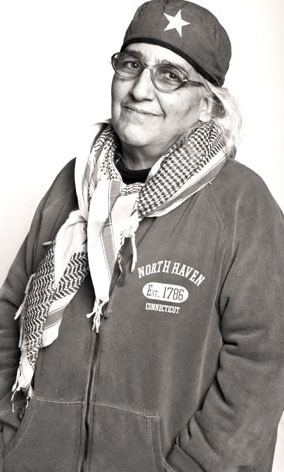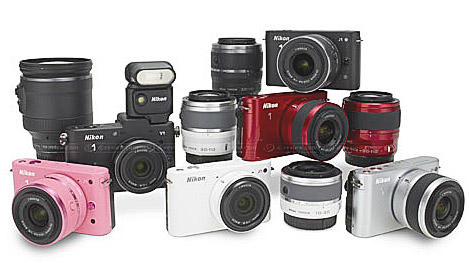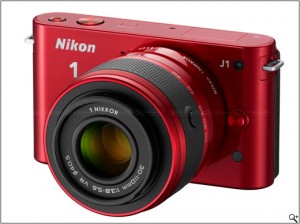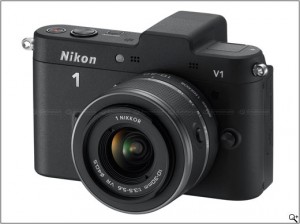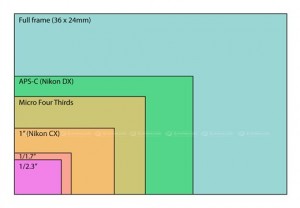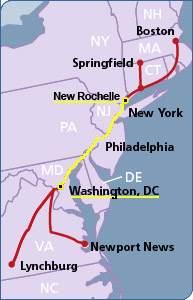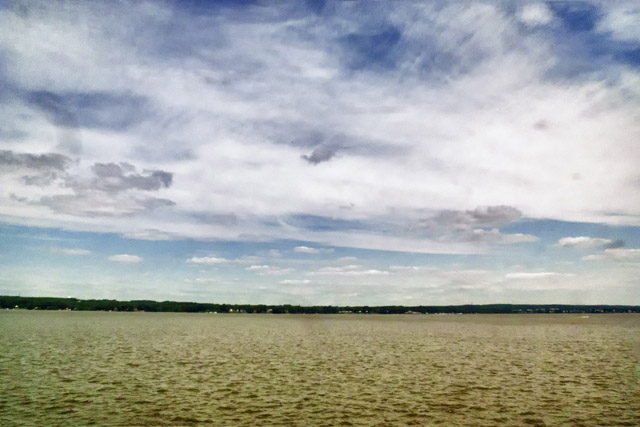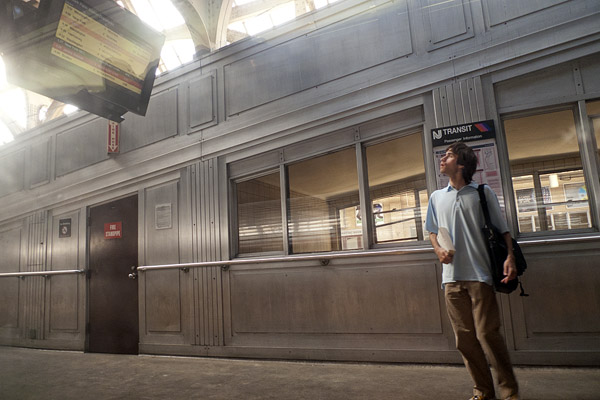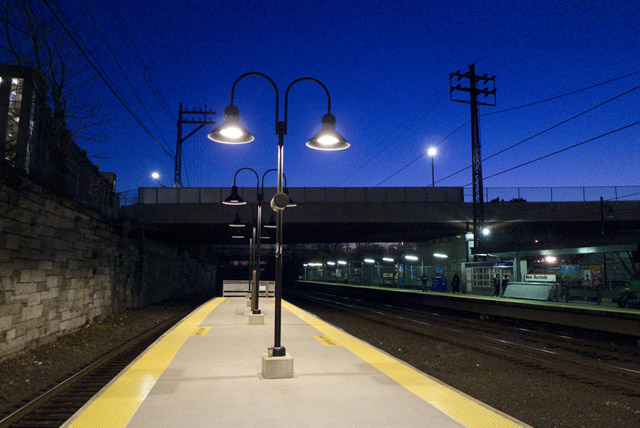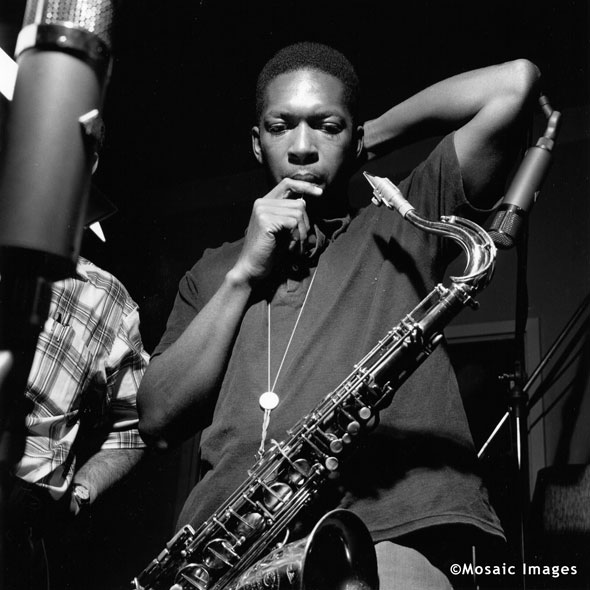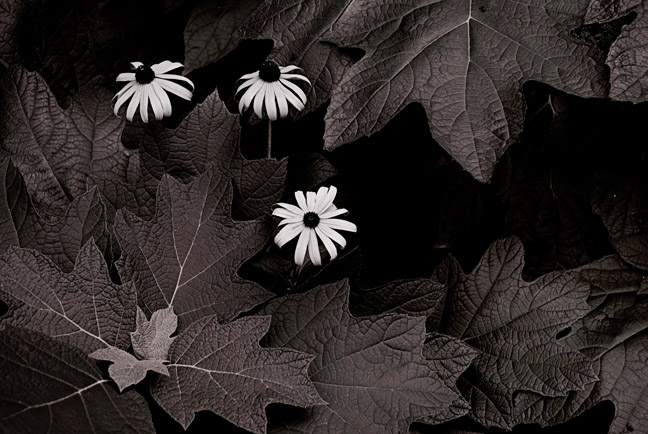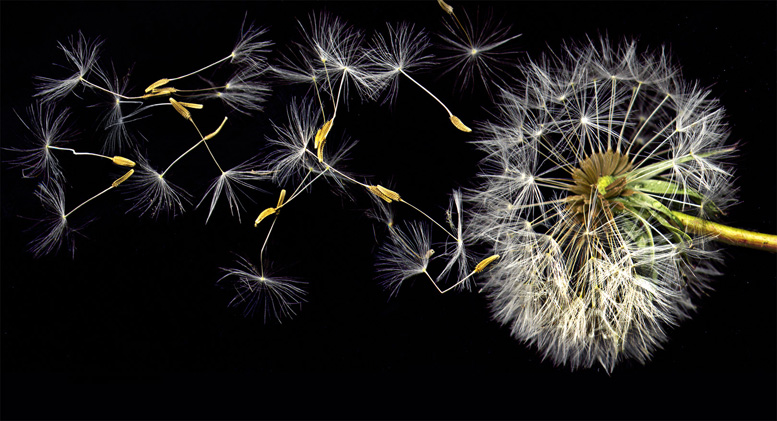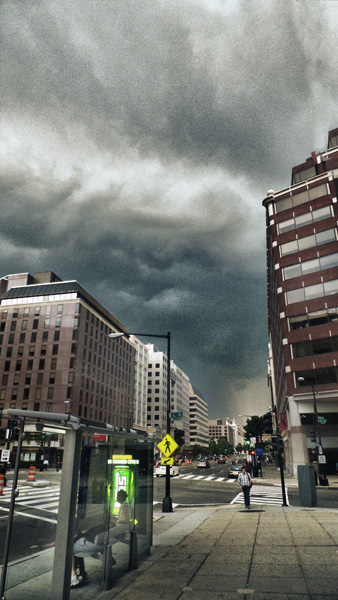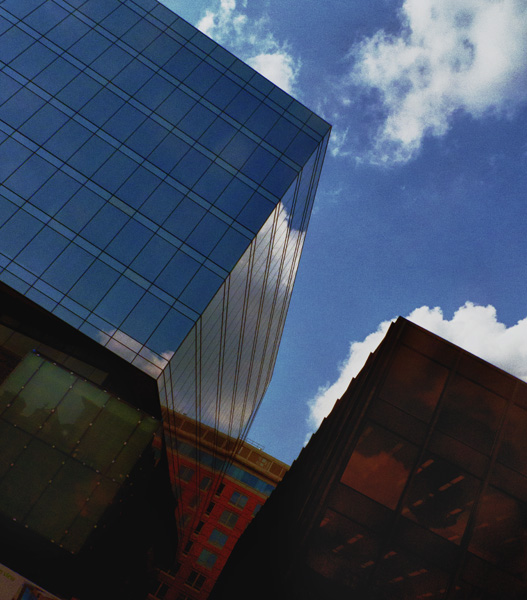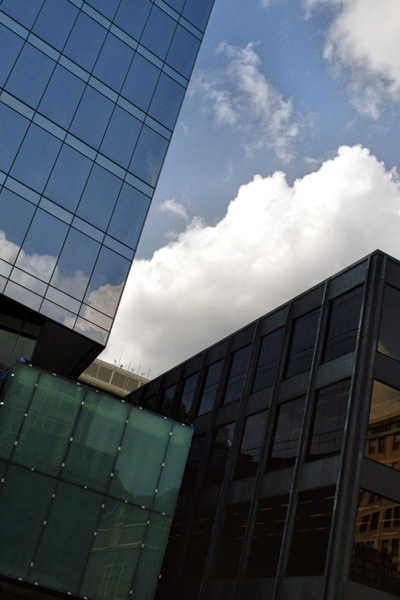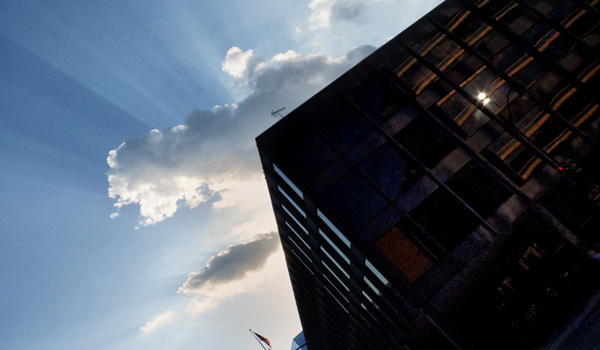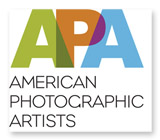A few month ago, I launch a proposal on USA Projects. I was seeking funding for, Citizens We. At that time I was looking to get $5000 for an upgrade to a new 24 inch Epson printer. Well, I didn’t make my goal and the USA Projects aspect of the project folded. With USA Projects it’s an All or Nothing deal. The odd thing is that while I got nothing from the USA Projects part of it, Citizens We actually began to pick up speed and developed a life of its own. People in the community bought into it, and it started to develop a life of its own.
The strange thing about the “Crowd Funding” model was that many of the people I actually knew, friends and family, didn’t support the project. They all wanted to write me a check! But, that’s not how this model works. With Crowd Funding, you “pledge” an amount to a 3rd party organization. Three folks I knew, my daughter, Maya, and two Howard University classmates, Clarissa Sligh and Dan Wade, along with a former student, which I believe was Chris Belcher (or Chris Smith) bought into the process. The rest were strangers! Now, as disheartening as this was, I came out of the experience feeling pretty good. A colleague of mine Debra Weiss gave me a call from LA to let me know she believed in the project and would add her support for it to continue. That call was HUGE to my ego and my sense that the Citizens We was an important project to keep pushing forward.
Back in December of 2011 another friend and colleague, Joanne Henson, offered me an opportunity to setup an impromptu studio at her Holiday Craft Bazaar. This afforded me the change to setup the studio, and solicited people to be a part of the project. Along with making the photographs was doing the paperwork for Citizens We. This would not have been accomplished without the help and encouragement of my friend and now Project Director, Terry deBardelaben. Terry was the one who gave me the idea of a community portrait project, and her support has been my most valuable asset. Photographers like to believe they can do everything by themselves. At least that’s what their PR hype will push forward. But now I see that all artists need someone to manage the details. Or if are not managing those details, to point them out to the photographer/artist, so their attention and action can be addressed.
Here are a few of the portraits I made at Joanne’s Holiday Craft Bazaar. There are some exciting things happening with the project that I’ll be sharing once we are underway. So for all of you that supported the project when it was on USA Projects thanks so very much! New aspects of the project are proceeding, and I’ll be informing you of the progress. Thanks a lot for your continuing and renewed support for Citizens We.

